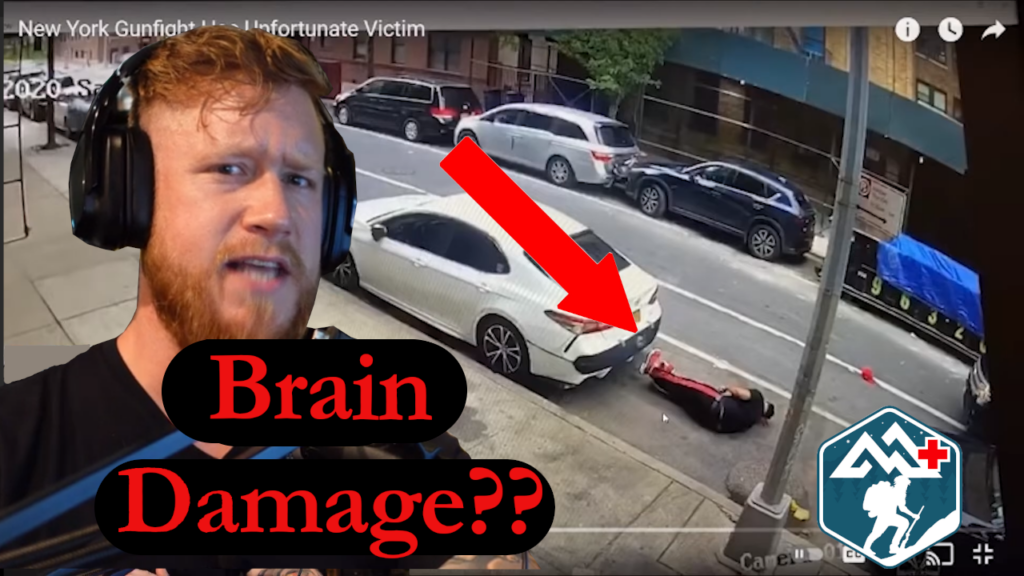How to Spot Head Trauma

There isn’t a lot a medic can do for head trauma to make the situation better for the casualty.
There are still things to be done, such as preventing further harm to the casualty and managing the airway but knowing what massive brain damage looks like can help you make the right decisions.
One of those decisions is whether or not to spend time helping the casualty at all. A good medic realizes some injuries are too severe to recover from, and while the casualty is still alive and breathing, the medic’s time is better spent on casualties who have a better chance for survival.
This is called “Triage.”
It may seem cold and heartless, but these are the realities that must sometimes be realized in trauma medicine. Doing the greatest amount of good for the greatest number of people means someone might get left in the lurch.
Since there isn’t much to be done for severe head trauma, these casualties could be skipped over in favor of controlling life-threatening-bleeding on another casualty.
Time is in short supply in an emergency and knowing what severe brain damage looks like could help you make the right decision more quickly and help you save more lives.
Decorticate Posture
There are a number of postures the human body may adopt which give clues to what is happening in the brain. One of the more common types seen in trauma is the “Decorticate Posture.”
In this example from the Active Self Protection YouTube Channel, a victim is shot in the back of the head and, due to the massive trauma to the brain from the bullet, the victims body begins to contract into the decorticate posture.
According to the National Center for Biotechnology Information (NCBI)
“Decorticate posturing is described as abnormal flexion of the arms with the extension of the legs. Specifically, it involves slow flexion of the elbow, wrist, and fingers with adduction and internal rotation at the shoulder. The lower limbs show extension and internal rotation at the hip, with the extension of the knee and plantar flexion of the feet. Toes are typically abducted and hyperextended.”
Decerebrate Posturing
Decerebrate posturing is described as adduction and internal rotation of the shoulder, extension at the elbows with pronation of the forearm, and flexion of the fingers. As with decorticate posturing, the lower limbs show extension and internal rotation at the hip, with the extension of the knee and plantar flexion of the feet. Toes are typically abducted and hyperextended.”

Either of these postures is a bad sign and it means you need to activate Emergency Services as quickly as possible, try to keep the victim safe, warm and dry, ,manage their airway if possible, and protect their spine.
If you would like to know more about trauma medicine, Mountain Man Medical offers a free online Trauma Response Course. Learn how to use the items in your trauma kit.
